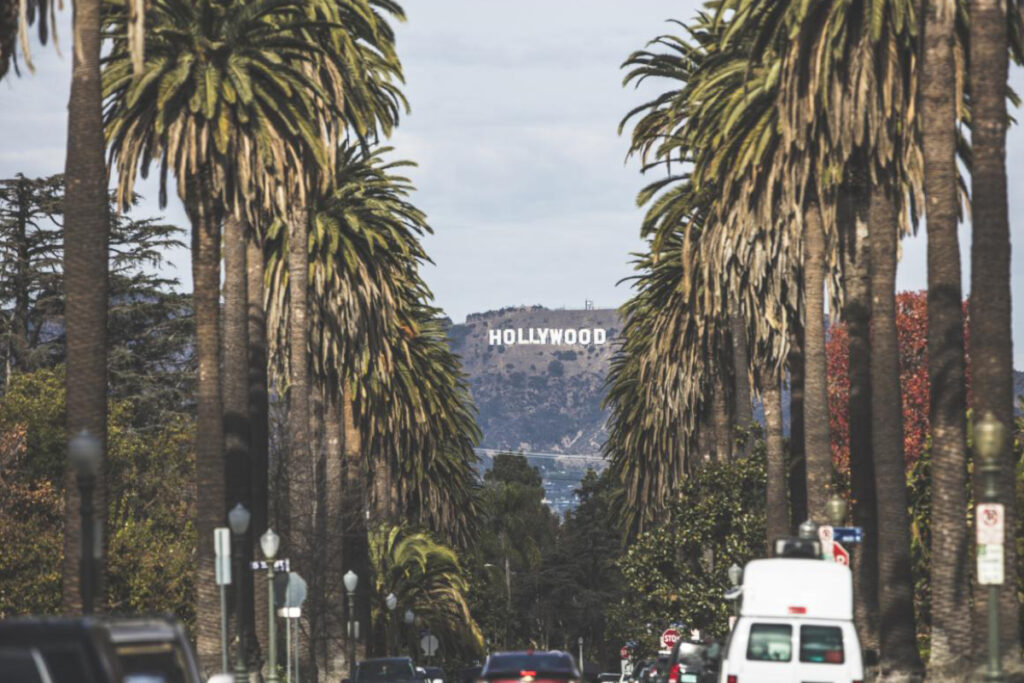Cannabis has been grown and cultivated in California for hundreds of years. The form of cannabis that is used for fibers, hemp, was grown as early as 1795 at Spanish missions in California. It was most likely brought from the Middle East by the Spanish colonialists.
Around the turn of the century, Arab, Armenian, and Turkish immigrants in California began to cultivate cannabis to make hashish for local consumption.
Cannabis became illegal to grow and distribute by 1913 in California. It was made at the time to represent Mexicans as either criminal or lazy.
In the 1960s and 1970s, people in California began to farm cannabis to a greater extent. It was previously grown more in Mexico, but a crackdown on Mexican growing by the U.S. government shifted production into the United States, where California’s Humboldt County became a center of production.
When the forest industry died down in Northern California the times were already changing. People were interested in going back to nature and in the philosophy of the hippie movement in the U.S. A culture developed in Northern California of small farmers cultivating cannabis for personal use and to make money. The area where cannabis growing culture really took off was in the combined region of Northern California’s Humboldt County, Mendocino County, and Trinity County, together known as the Emerald Triangle.
Farmers there spend decades perfecting the growing conditions and cultivating the best strains of cannabis sativa and especially cannabis indica. They discovered the technique of isolating the sinsemilla—that is, of only growing the female plant without letting it go to seed in order to produce a more potent product.
Southern California, too, became a hotbed of cannabis growth starting in the 1980s. Because of police crackdowns on outdoor growing, cannabis cultivation moved indoors using artificial lighting, hydroponics, and other techniques for indoor growing. These techniques allowed for precise control over growing the plant, so that all new strains and potencies were introduced. During the 1990s, Southern California was the center of cannabis youth culture, from gangsta rap to alternative skater-surfers to chicano rockers, smoking weed was a major part of Southern California culture.
The growing conditions and the long history of cultivation make California marijuana unique, potent, original, and high quality. California still supplies most of the marijuana to the country on the black market, and with recreational cannabis being legalized, Cannabis in California will become a major industry.
In these days of legalization, cannabis connoisseurs are exploring some of the brands that have come out of this important region for the cultivation of premium cannabis.


